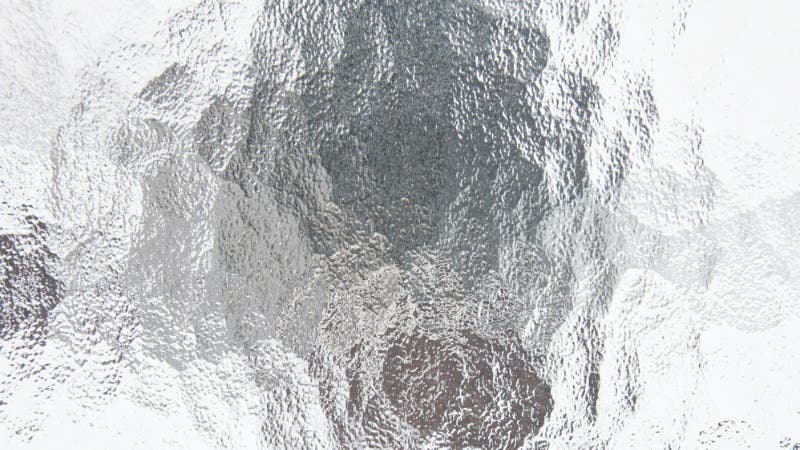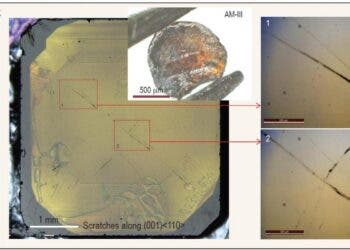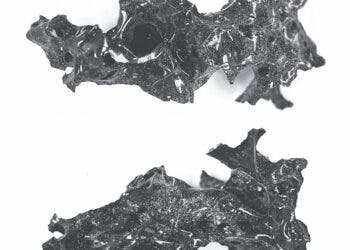Using a newly-developed production method, the Institute of Industrial Science at Tokyo University succeeded in producing a type of glass that rivals steel in hardness. The new material opens huge developmental lanes for any glass and glass-related product, from tableware to bulletproof glass.

Image via gizmodo
“We will establish a way to mass-produce the new material shortly,” said Atsunobu Masuno, assistant professor for the University. “We are looking to commercialize the technique within five years.”
Typical glass is usually made of silicon dioxide, with an added sprinkle of alumina (an aluminium oxide) thrown in to boost it’s hardness. However, there’s a limit to how strong it can be made traditionally — if you add too much alumina, it causes crystallization at the glass-container contact when the glass is prepared. Tokyo’s scientists devised an elegant solution to the problem — take out everything but the glass.
The mixing process is underpinned by a dash of tantalum powder and a containerless processing technique: they push the chemical components together at high pressure and temperature, then raise them into the air using pressurized oxygen gas and blast them with carbon dioxide lasers until they mix into glass — they named this the aerodynamic levitation furnace. The resulting material is transparent, colorless and very very tough, thanks to its 50 percent alumina content.
The glass underwent several tests for hardness, strength and elasticity. These showed the Young modulus was twice as high than that of typical types of glass — almost as high as that of steel and iron, the team reports. The study also notes that alumina glass made via this process can yield a product that’s thin and light or thick and heavy, and has excellent optical properties.
However, it’s not a wonder material: what those tests measure is the ability of a material, in this case the glass, to resist indentation by another object. The team reports that, in toying around with samples of the material and applying every force they could think of on them, they discovered they could generate radial cracks that propagate from a central point throughout the material — while being very very tough, in some respects it performs and behaves just as regular heavy duty industrial glass.
Still, glass that won’t shatter when i drop it? Glass that won’t scratch? Virtually unsearchable smartphone screens and bouncy beer bottles?
Japan will have the drunk student market all to themselves!






